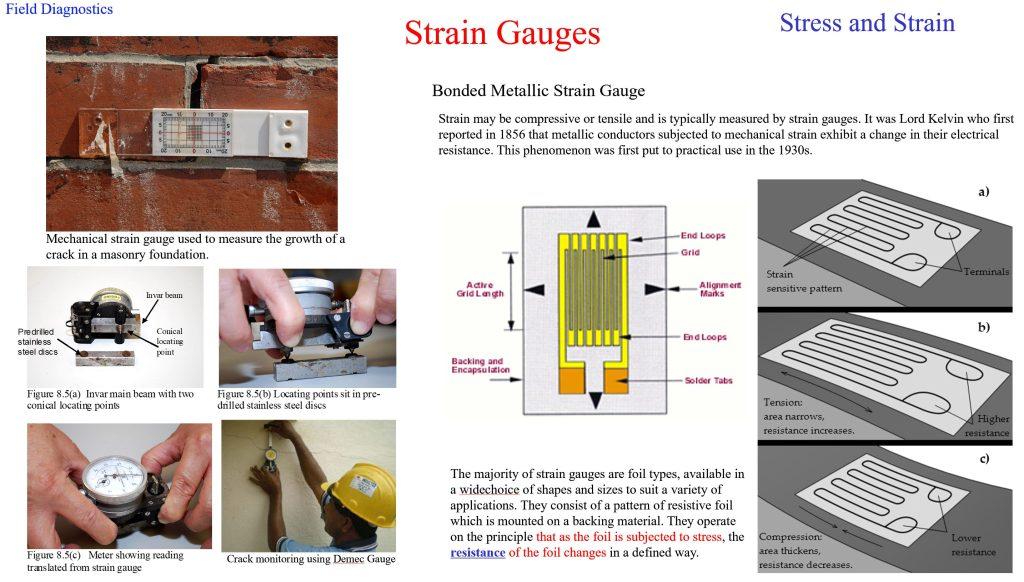Case 2
- Introduction
- Causes of Defects
- Good Practices
- Standards
- Maintenance and Diagnostics
- Remedial
- Similar Cases
- References
Maintenance and Diagnostics
Maintenance
For decisions on surface repairs, consider the ease of access for future work, relative cost of hiring and
erecting scaffolding, and the probable frequency of maintenance in accordance with BS 8221-2, SS 509-2
or equivalent. Record and retain documentation of all executed works on façades, including photographs and non-destructive survey techniques, to provide background information prior to further assessment
or work. Carry out semi-annual inspections of stone-wall elements and inspect all elevations. Keep accurate and cumulative records of inspection findings in accordance with ASTM C1496, BS 8298-1 or
equivalent.
Regular cleaning is critical for the long-term durability and appearance of natural stone façades. Perform
periodic joint repairs (i.e., sealant replacement, tuck pointing, and cleaning) in accordance with ASTM
C1496, BS 8298-1 or equivalent. Perform repairs and restoration works in accordance with ASTM
C1722-18, BS 8221-2 or equivalent. For cases of cracked or broken stones, carry out the following: a) Seek assistance for stone replacement; b) Tuck point or caulk crack with sealant if fragments are stable and secure; c) Monitor closely for additional cracking
Regular inspections and checking (see also Periodic Facade Inspection) should be hence carried out periodically at regular intervals to detect these defects and to take remedial action to remove these defects. An efficient inspection system should be adopted to ensure the conduct of regular checks such as visual inspections periodically.
Suitable instruments and techniques should be used to diagnose defects properly. Diagnosis involves a process in which experts investigate the buildings’ conditions, carry out tests, evaluate, make recommendations for remedial actions where necessary and predict the future performance of a building.
The important factors to be noted for cracks are:
- width, direction and location
- whether live, dead or growing
- isolated or random
- widespread or confined to particular areas
- associated with other defects or rain entry
- surface erosion effects
a to be investigated. The thin section is then examined under a combination of plain and cross polarized light using a petrographic microscope.
Diagnostics of Defects (see also NDT)
Vibrations
If vibration is suspected, find the source of vibration. Measurement of vibrations includes the use of accelerometers and tiltmeters.


Strain Gauges
The crack type of crack should first be determined via testing (utilizing a mechanical strain gauge)

Different from the foil type strain gauge, it operates on the principle that a tensioned wire, when plucked, vibrates at a frequency that is proportional to the strain in the wire. Similar to a mechanical strain gauge, the device is positioned on both sides of the crack so that the wire is held in tension. Movement of the crack would result in a change in the tension of the wire, which is picked up by using an electromagnet to pluck the wire and measure the frequency of vibration and deduce the strain.
Vibrating Wires
Different from the foil type strain gauge, it operates on the principle that a tensioned wire, when plucked, vibrates at a frequency that is proportional to the strain in the wire. Similar to a mechanical strain gauge, the device is positioned on both sides of the crack so that the wire is held in tension. Movement of the crack would result in a change in the tension of the wire, which is picked up by using an electromagnet to pluck the wire and measure the frequency of vibration and deduce the strain.
